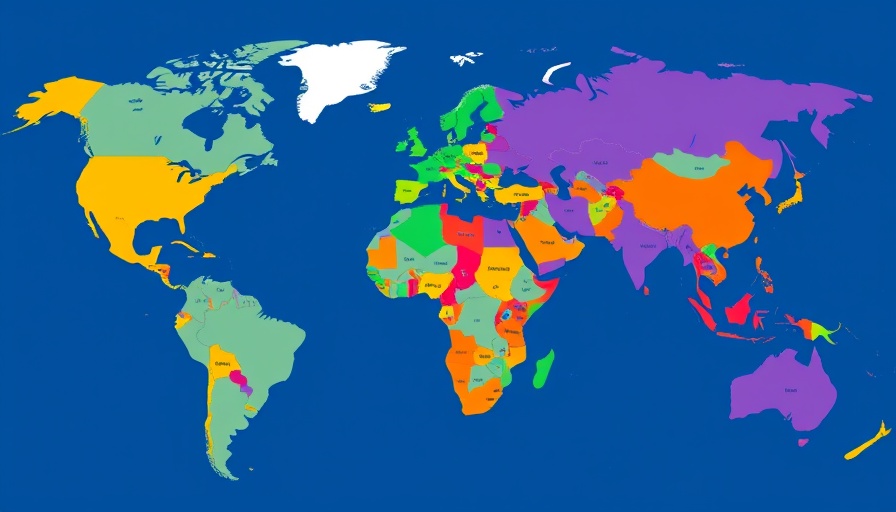
The High Stakes of Global Compliance: Understanding WTO Rules
In the fast-paced world of international trade, a single misstep in navigating the World Trade Organization (WTO) trade rules can cost firms billions. With over $50 billion lost in penalties in the past decade due to misunderstandings or non-compliance, it is crucial for manufacturers to grasp the intricate web of agreements that govern global commerce. This isn't just a challenge for legal teams; every department within an organization, from procurement to logistics, must engage actively with these rules to secure a competitive edge.
Why Every Executive Needs to Pay Close Attention
For executives, understanding WTO trade rules can mean the difference between growth and a costly downfall. These rules govern various elements including tariffs, subsidies, and market access, impacting profit margins directly. The global trading apparatus, which binds over 160 nations, ensures a level playing field—the absence of awareness can lead to severe repercussions. For instance, the well-known 'Banana War' between the European Union and Latin America illustrates how one policy misunderstanding can lead to significant trade disputes.
Common Misunderstandings That Lead to Trade Disputes
Many manufacturers wrongly believe that compliance responsibilities lie solely with their legal advisors or international trade consultants. In an era where trade agreements evolve, all departments must maintain a fundamental understanding of WTO rules. Mistakes arise from ignorance about the agreements or failure to adapt to continual changes. When teams fail to recognize the complexities involved in international agreements, even well-meaning companies risk costly disputes and damaged relationships.
Proactive Strategies for Achieving WTO Compliance
Investing in ongoing education around WTO rules can safeguard a company's operations in today’s tumultuous trading landscape. Corporations that prioritize understanding the nuances of these regulations enjoy a notable competitive advantage. Executives can implement several strategies to reduce costs related to compliance issues:
- Communicate Across Departments: Ensure procurement, logistics, and compliance teams operate with shared knowledge about WTO agreements.
- Seek Continuous Education: Regular workshops and training sessions on international trade laws can help keep teams updated.
- Hire Consultants Wisely: Engage with experienced international trade lawyers who specialize in WTO regulations, to preempt legal issues.
- Forecast Effectively: Utilize data analytics to understand how changes in WTO trade policies can influence costs and distribution strategies.
Future-Proofing Your Manufacturing Strategy Against Trade Disruptions
As we look ahead to 2025, geopolitical tensions and economic fluctuations will continue to impact the manufacturing sector's landscape significantly. For businesses looking to mitigate the risks associated with international trade, developing a resilient strategy is imperative. Tools such as near-shoring can provide alternatives to sourcing from unpredictable markets, ultimately creating more reliable supply chains. Executives must remain vigilant and responsive to these dynamics by building flexible operations that can withstand both macroeconomic shocks and sudden regulatory changes.
By improving your understanding of WTO trade rules and strategically aligning your operations with these regulations, you can protect your business from rising costs and unpredictable disruptions. Implementing effective compliance measures now will bolster not only your profit margins but also your capacity for global growth.
 Add Row
Add Row  Add Element
Add Element 



Write A Comment